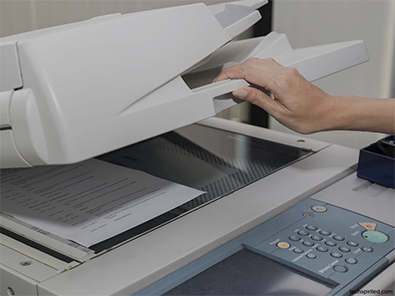How do I grant you access to my computer for remote support?
A good remote computer support process starts with instructions. This includes a clear, step-by-step guide for granting access to your computer. Make sure the instructions are easy to understand and follow, and also specify any additional requirements such as software downloads.
If the issue can’t be resolved remotely, what’s the next step?
If the issue cannot be resolved through remote methods, it’s time to take the next step. The best course of action is to contact a qualified service technician who can make a house call and provide an accurate diagnosis. This will allow them to determine the exact cause of the problem and how best to resolve it.
What happens if something goes wrong with my computer during the remote session?
Fortunately, rest assured that our experienced IT professionals are well-prepared to handle any issues you may experience. Not only will they be able to quickly identify and diagnose the problem, but they will also have the necessary tools and resources to implement a solution in an efficient and timely manner.
How can remote computer access attacks be prevented?
One of the most effective ways to prevent remote computer access attacks is by implementing a comprehensive security system. This system should include measures such as strong passwords, two-factor authentication, and regular antivirus scans. Another important step is to make sure all software is kept up to date while firewalls and other types of network security tools can also help protect against remote access attacks.
How do I reboot a remote computer?
One option to reboot a remote computer is to use Remote Desktop Protocol (RDP), a Windows feature that allows you to connect to another computer and control it as if you were sitting right in front of it. Another option is to use a third-party remote access software such as TeamViewer or LogMeIn. If you’re a Windows user, you can use the Windows Shutdown command to reboot a remote computer.


